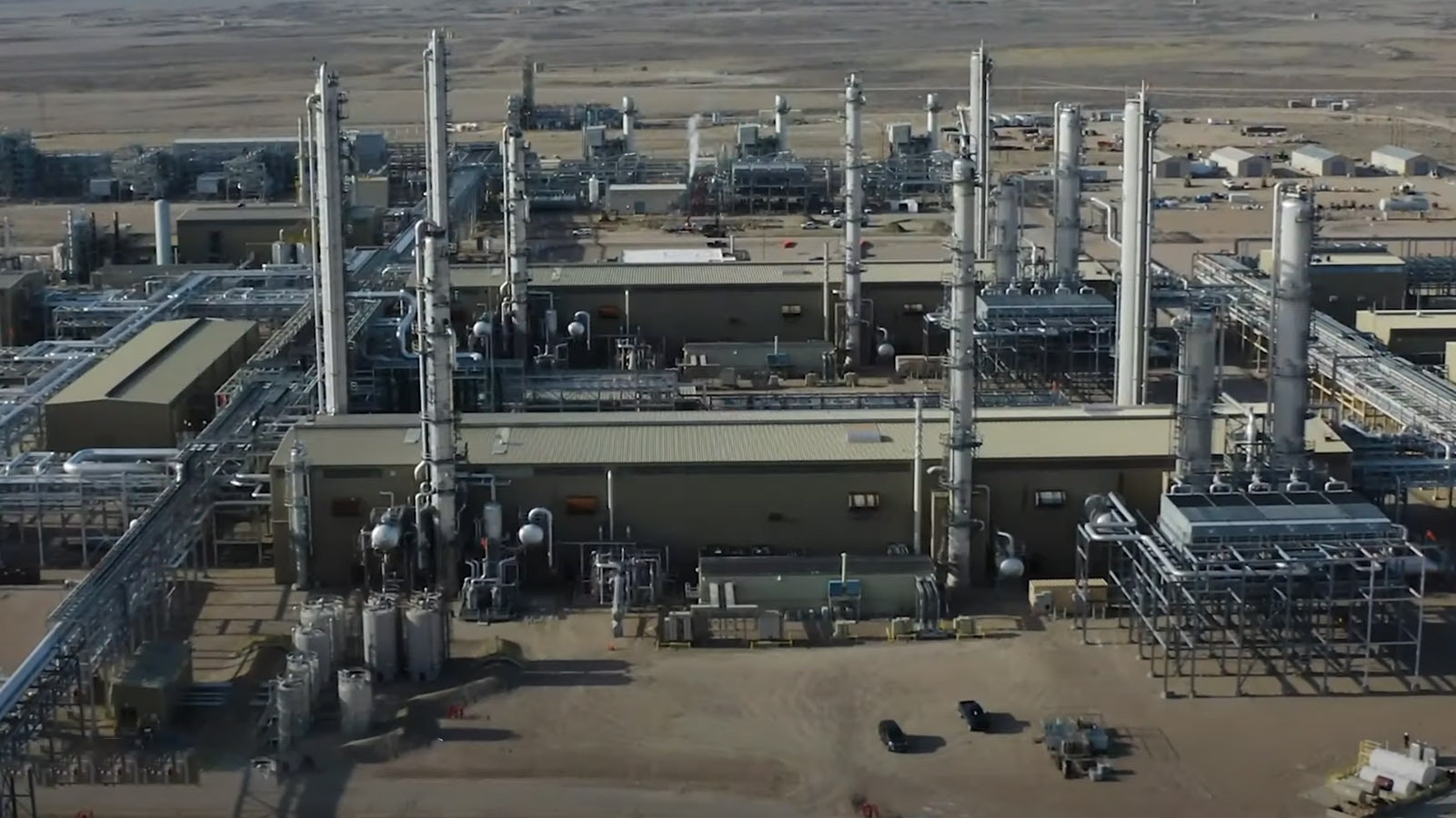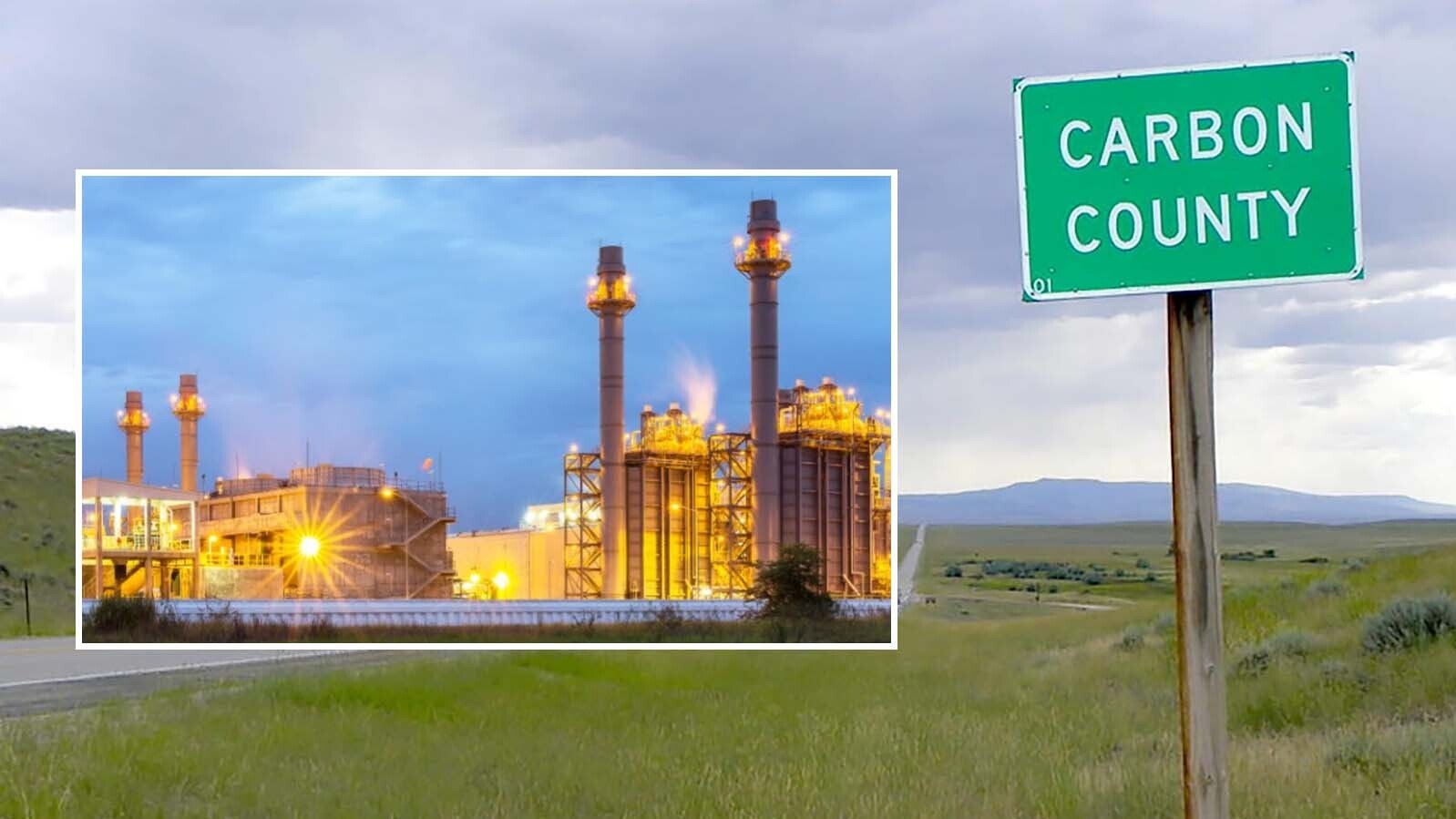ExxonMobil Corp.’s helium market in Wyoming is anything but lightweight.
Some people just can’t resist a helium-filled balloon, squeezing the lip of it to breathe in the gas for a few seconds of producing a high-pitched Mickey Mouse-like voice.
The squeaky sound happens because the gas has a lower density, and sound travels more than twice as fast through helium than it does regular air.
But there’s a larger and more serious purpose for the No. 2 element on the Periodic Table.
Wyoming is at the center of this commodity play for helium, just like it is already with bentonite, thermal coal, rare earths, trona, uranium and other strategic minerals.
One of the largest producers of helium in the U.S. comes from Wyoming, with ExxonMobil’s backing, as well as Texas, Kansas and Oklahoma.
Other major global players include energy-rich Qatar, a peninsular Arab country, and the north Africa country of Algeria, according to a report prepared by geologist Kelsey Kehoe of the Wyoming State Geological Survey (WSGS) in December.
Over the past 38 years, Wyoming has seen considerable interest by ExxonMobil in Wyoming, and it’s only going to grow.
A Rising Star
In the Cowboy State, ExxonMobil employs about 200 workers and another 100 long-term contractors for helium operations at its La Barge-Shute Creek Treating Facility in Lincoln County, a spokeswoman for the Spring, Texas-based company told Cowboy State Daily.
ExxonMobil’s sprawling La Barge operations span across Lincoln, Sublette and Sweetwater counties in southwestern Wyoming.
It’s difficult to assess the strategic importance of ExxonMobil’s reserves in relationship to other sources in the U.S. since January’s announced sale by the U.S. government of the Federal Helium Reserve, a massive underground stockpile based in Amarillo, Texas, that had supplied up to 50% of the nation’s helium, according to helium expert William Halperin, a professor of physics with Northwestern University in Chicago.
“Privatizing the reserve will have an impact on helium pricing,” Halperin told Cowboy State Daily.
Helium prices have easily doubled in the past four years, making the volatile commodity a likely reliable cash stream to an energy giant like ExxonMobil, he said.
The stockpile sale earlier this year by the Bureau of Land Management-run operation to the New Jersey unit of German-based Messer Group GmbH also included 425 miles of pipelines that span Texas, Kansas and Oklahoma.
Privatizing the reserve will likely boost prices even further and grow the riches of ExxonMobil, observed Halperin, who uses helium for conducting scientific experiments related to superconducting magnets.
Shortage
Another factor playing into ExxonMobil’s growing helium opportunity in Wyoming are the on-again, off-again global helium storage challenges around the world during the past 20 years, according to WSGS and an explanation provided by Halperin.
The shortage issues have been attributed to several global events.
Helium demand has surged in recent years because of a growing military and aerospace application appetite in the U.S., a major helium plant run by Qatar was brought to a standstill due to a blockade of export routes by neighboring countries, and cuts in helium supplies from Russia’s Gazprom, a natural gas distribution company.
These events have led to pricing fluctuations of the commodity as there is a correlation between helium shortages and price spikes.
The market pricing seems difficult to track, but one estimate from Helium One Global Inc. says prices have shot from $250 per thousand cubic feet (mcf) to nearly $500 mcf since 2020.
“Prices will continue to go up,” Halperin said.
ExxonMobil declined to comment on the pricing trends.
“We don’t comment on pricing as it is proprietary,” an ExxonMobil spokeswoman said.
Crucial Commodity
For sure, helium has grown in importance over the past half century because it’s crucial to advanced technologies like microchips, fiber optics, space exploration, military weapon systems and MRIs, or magnetic resonance imaging scanners that take snapshot images of the inside of a human body, according to Halperin.
Few places are as essential to meeting the demand for helium as ExxonMobil’s La Barge facility in Wyoming, which provides 20% of the world’s supply, the ExxonMobil spokeswoman said.
It’s difficult to assess the value of the helium that the energy company has on its hands.
For instance, the company only states that it is poised to play a significant role through the end of this century with an “estimated eight decades worth of helium” left to produce at La Barge, according to the ExxonMobil spokeswoman.
The ExxonMobil plant’s helium production since 1986 has catapulted Wyoming to becoming the second-largest producer of refined helium in the country, Kehoe wrote in her report.
Over the past 38 years, Shute Creek has only increased its market share, though that cut of the market is difficult to judge.
Helium’s unique traits make it both valuable and hard to source. It’s the second-lightest element on the periodic table (hydrogen is first). It cannot be combined with other substances, and it will not freeze or liquefy in Earth’s atmosphere.
It also cannot be manufactured artificially. The only stable supplies of helium are found deep underground, often in pockets of natural gas. Helium production extracts and isolates the substance, making it viable for commercial use.
Extracting helium was not part of La Barge’s original design when the facility began producing natural gas in the mid-1980s.
After large quantities of helium were discovered underground, it soon became central to the facility’s operation.
More Gas
ExxonMobil also is expanding its energy work in the La Barge area to include a carbon capture and storage project. It estimates 400 workers at peak construction with the project adding another 10 long-term roles to its current employee base, the spokeswoman said.
Halperin said that helium also can be extracted from carbon dioxide, though ExxonMobil declined to comment on this possible new business opportunity under development.
Cowboy State Daily was told that it could not visit the new facility until construction has been completed.
Back in November 2022, ExxonMobil made a $400 million investment to expand carbon capture and storage at its La Barge facility, which has captured more of the gas than any other facility in the world to date.
ExxonMobil hopes to complete engineering design work with potential startup scheduled in 2025, the ExxonMobil spokeswoman said.
Byproduct Of Capture
It’s capturing carbon dioxide that otherwise would be released into the atmosphere and injecting it into geologic formations deep underground for permanent storage. It’s a readily available technology that can significantly reduce emissions from sectors like refining, chemicals, cement, steel and power generation.
Last November, ExxonMobil significantly expanded its carbon capture and storage capabilities with the $4.9 billion acquisition of Denbury Inc. in Plano, Texas.
The purchase gives more options to reduce carbon dioxide emissions for key U.S. industries.
The combined assets of the companies include more than 1,500 miles of carbon dioxide pipeline in the U.S., access to more than 15 onshore sites for carbon dioxide storage and the potential to reduce carbon dioxide emissions by greater than 100 million metric tons a year.
Pat Maio can be reached at pat@cowboystatedaily.com.





